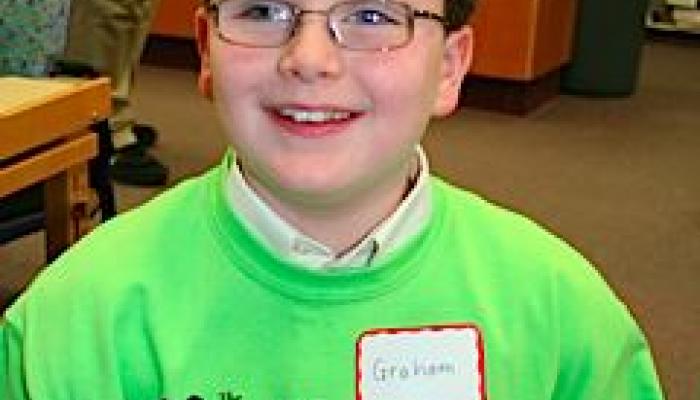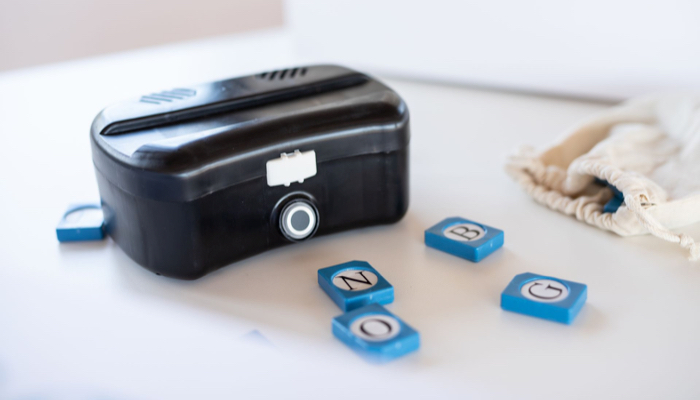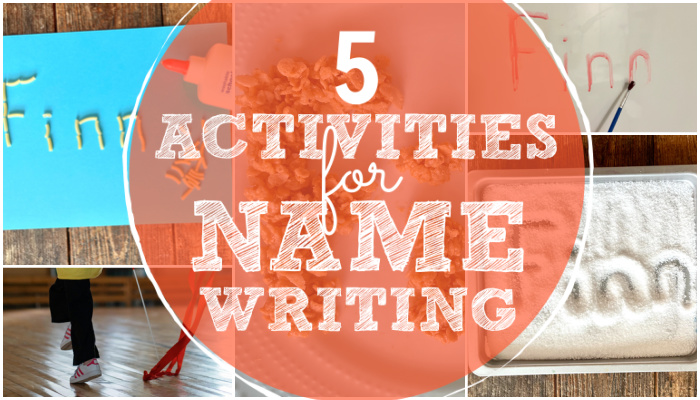Ask a Mom About… BRAILLE

By Sydney Walker
As the parent of a blind or visually impaired child you already know this truth: There are parents who have already been on this journey before you and they are full of advice and words of encouragement.
If you could ask a mom of a blind child any question, what would it be? If someone were to ask you a question, what would you answer? I got to talk to Sydney Walker, mom to eight-year-old Graham, about her experience teaching Graham braille. Here is what she had to say….
WonderBaby: When did Graham begin learning braille?
Sydney: Graham is now in 3rd grade and is primarily a braille reader. He began “pre-braille” at three years old in preschool where he learned his alphabet and his TVI worked with him to develop the skills he would need to learn to read with braille.
When he started formal reading in Kindergarten, his TVI used the Patterns Series from APH. He is finishing up the last book of that series this year.
WB: Did you ever consider teaching Graham print?
Sydney: We started teaching him both print and braille in Kindergarten, and I do think he got some benefit from learning print as well, and can still read and write some in print, but it became apparent that he did not have enough vision to use print with any efficiency or fluency, so our focus became primarily braille.
I will say that braille did not come easily for him. He struggled and was easily frustrated. Now that he has learned all of his contractions, he enjoys reading much more and I have seen great progress in the past few months, in both his desire to read and his fluency and speed.
This past weekend, he actually asked to read a book a couple of times. I never thought I’d see that day!
WB: What about audio books or screen readers? There is so much more to literacy than just braille these days.
Sydney: I think it’s wonderful that we live in this age of technology. Personally, I want Graham to be proficient in using all tools that will help him to succeed.
He has been doing keyboarding lessons since Kindergarten. He has JAWS on his laptop in his classroom, in the school computer lab, and on his computer at home. He has an email account and knows how to use JAWS for email and can get onto certain sites on the internet. He has a Victor Reader Stream (audio device), which he uses all the time. It is loaded with textbooks, books for entertainment, music, notes about upcoming assignments, his math facts and spelling words for practice—and more. He can load any books he would like from Bookshare, RFB&D, or NLS. He uses this device every single day.
WB: Can you give us an example of how Graham is using both braille and technology in school?
Sydney: When Graham gets home from school, he takes his Victor Reader out of his backpack. He turns on his computer and starts JAWS. He opens Microsoft Word and creates a new document. He turns on his Victor and goes to the “Notes” bookshelf where he pages through until he hears the note for his Spelling words. The Victor Stream reads the spelling word aloud, and spells it for him.
He then types the spelling words on into the Microsoft Word document three times each, and then prints them out to give the assignment to his teacher. He then puts paper into his brailler and brailles his spelling words including any contractions they might contain, three times each (he’s a really good speller!!) He turns this assignment in to his TVI.
He then reads the weekly reading story (the same story all the other kids read in their reading book). He can choose to listen to it on his Victor Stream, or he can read from his braille textbook. We split other assignments between tech devices and braille as well.
WB: It sounds like Graham is doing great, but I’m sure there have been tough times, too.
Sydney: There was a time when I questioned whether we should even teach Graham braille. It seemed we were spending a lot of time to learn it and progress seemed painfully slow. I am now so glad that we took the time to help him learn braille. I am so proud when I hear him read braille, but more importantly, he is proud that he can read, just like all the other kids.
WB: Did you decide to learn braille along with Graham?
Sydney: When Graham was still and infant, his extremely low vision and also the fact that his eye disease is often progressive led me to the decision that he should learn braille whether he had enough vision to use print or not, so I signed up for the beginning braille course from the Hadley School for the Blind.
I should probably point out that sighted people read braille by sight, not by touch. The first course was Grade 1, also known as uncontracted braille. In uncontracted braille, words are spelled out just like in print, using a braille symbol for each letter of the alphabet. I also ordered a Perkins Brailler, I found a used one online for $170… it’s actually the same one Graham still uses at home now.
I completed the Hadley course over a couple of months time. Hadley allows you to work as fast or as slow as needed, so this was a big help with two toddlers to care for. I put labels with Braille all over the house when Graham began to crawl and explore and I helped him to find them and then repeated the words they represented. I also pointed out braille in public places and let him feel any signs or labels I could find. I bought his first books in braille so that he could feel the words I was reading to him, so I guess you could say his education in braille began long before he entered public school at 3 years old.
I began the next Hadley course, Grade 2 (contracted braille), but have not yet finished it. I have learned most of the contractions along with Graham, but I am considering finishing that course as well so I can continue to assist him as he grows. He also uses the Nemeth Code to do Math, which is a different braille code than literary braille.
WB: If you could give other moms advice about teaching their kids braille, what would it be?
Sydney: If there is one thing I’ve learned along the way, it is that there is no perfect program.
Our biggest problem has been and continues to be: fitting everything into the day and feeling like we’re covering everything that needs to be taught. I’ve decided that isn’t possible!
I’m very sensitive to allowing Graham to be a kid first. If his braille reading speed suffers because I don’t make him read three hours a night, well, so be it. I just want him to learn what he needs to and be happy, so it’s definitely a juggling act!
Read this article in Arabic: قراءة هذا المقال بالعربية
Related Posts

Braille and Literacy
Making Braille Fun: Introducing Handi Exceller’s Innovative Learning Tools for Blind Students
Handi Exceller was born from a simple idea: learning braille should be both fun and accessible. The company creates interactive and gamified ways to teach braille.

Braille and Literacy, Toys, Visual Impairment
24 Braille Toys for Kids Who are Blind
Everything from alphabet blocks to raised line coloring pages and activity books to puzzles to card and board games... and so much more! And it's all in braille ready for...

Braille and Literacy
5 Activities for Name-Writing
Learning to write your name is an important preschool skill. Make the task fun with one of these 5 activities for name-writing!